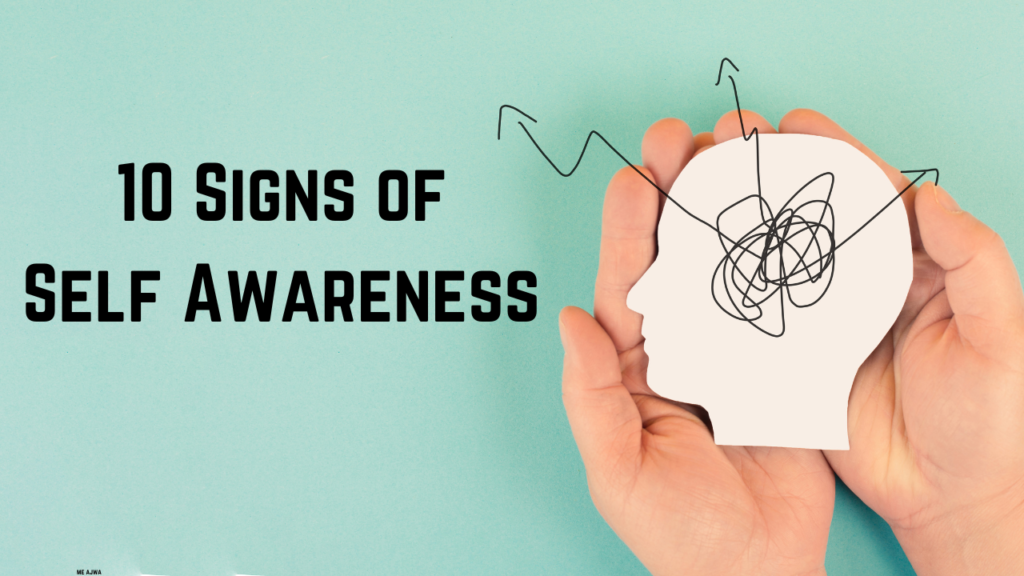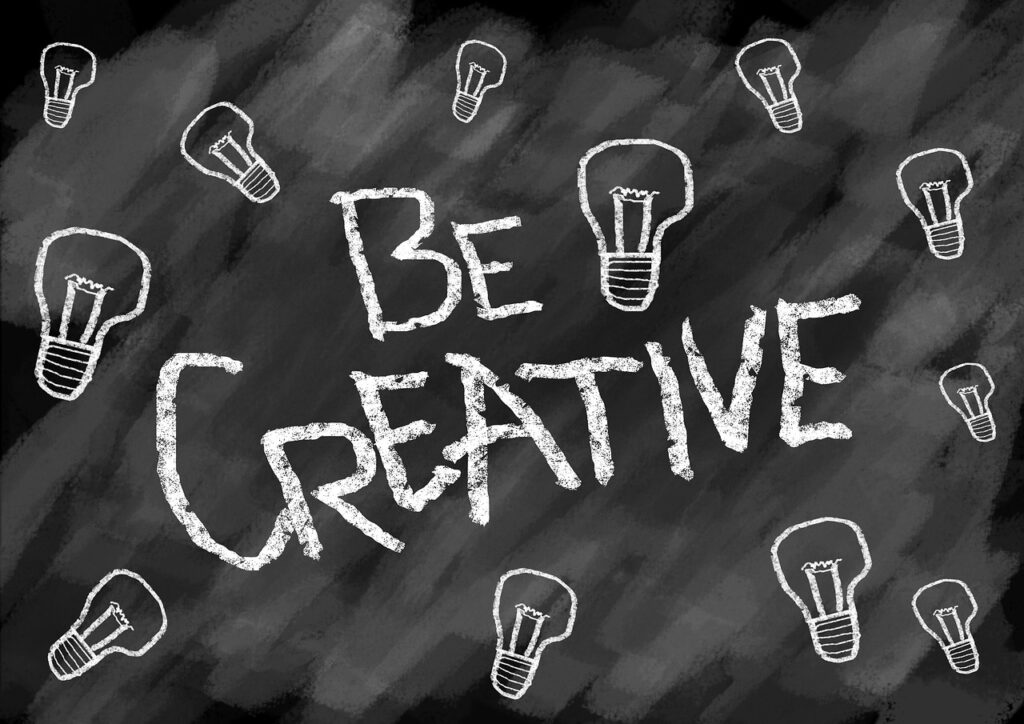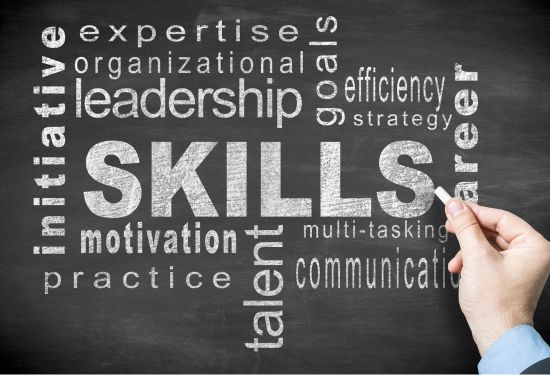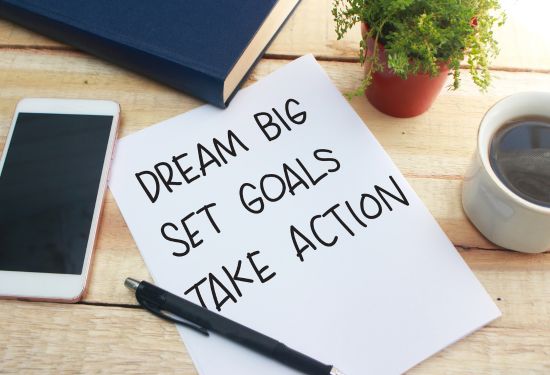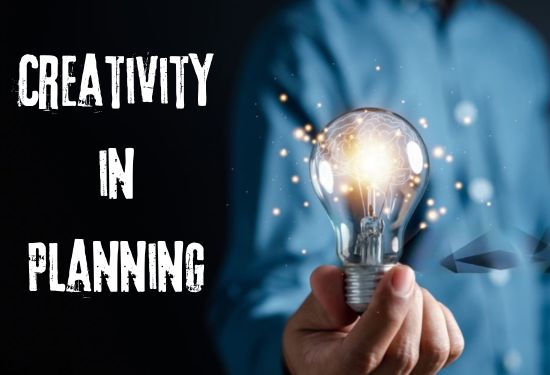Boost Productivity with These 10 Powerful Habits-TheLifeCents
Introduction Productivity refers to the ability to efficiently complete tasks and achieve goals within a given timeframe. One can pinpoint how it formats the utilization of time and energy to focus. It is thus possible to show how it is easy to achieve your set goals when you incorporate powerful strategies into your daily activity. The difficulties and goals we face in everyday life, as well as the attempts of some people to gain more success during their working hours, can be clearly described in this article as it provides 10 effective habits that can help turn your day into something useful. Start Your Day with a Morning Routine As we well know, it is possible to wake up in the morning with a plan to accomplish many things but then get distracted and lose all the time away. Start with something that makes you feel joyful this could be a light jogging, yoga, or even reading an encouraging story. Why It’s Powerful When you fix the decisions you make regarding the type of food you take, the time of waking up is a great way to avoid decision fatigue and be able to handle whatever the day offers. It also has the advantage of getting you prepared for the day, even before you set out for the day. Practical Tip Spend 30 minutes of your morning doing exercises or tasks that will be useful to achieving your objectives, whether they are self-improvement or health. Set Clear Daily Goals Goals bring focus to your day. Do not charge at random activities that come along their way, instead, spend a few minutes to describe what you want. For this reason, you can use to-do lists, planners, or any digital form to encourage good planning. How It Boosts Productivity It means that all the vagueness is ruled out when there are clear objectives. You can prioritize them so that you work on the most important and thereby be in a position to meet deadlines. Example Use the “3 Most Important Tasks” rule: Select three tasks that will cause the most change, and do them first. Use the Pomodoro Technique Haven’t heard of the Pomodoro Technique? It makes your time management effective while making you alert and bright in the process. Set a tight working schedule where you work for 25 minutes then take a break of 5 minutes. If you have completed four cycles, take your break for 15 to 30 minutes. Why It Works It helps you to be focused and at the same time, don’t get bored with a particular task. If you divide work hours into separate work sprints, you can achieve more while having lower stress levels. Productivity Boost Ideally, this should be done by using a timer or any application such as Forest to enforce it properly. Eliminate Distractions The main enemy of efficiency is dexterity. Planned interruption entails listing out incidents such as notifications, noise, and multitasking and then finding ways of reducing or avoiding them. Powerful Tip Turn off your phone, minimize browser tabs, and explain to others that you can’t be interrupted. Why It’s Crucial It means that any distraction takes one out of a state of convergence. If you get ahead of such interferences, then you can focus and finish work earlier. Leverage Time-Blocking Scheduling means dissecting the day into slots within which one commits to doing the task. For example, allocate mornings to intensify your deep work, afternoons for the meetings you are likely to attend, and evenings for planning or any learning. How It Enhances Productivity Each time slot indicates formality and demands are made for completing a task within the given time frame. This habit allows you to avoid losing your day without achieving something significant. Example Use Google Calendar Notion or any other planning tool and set different chunks of time for your most important tasks during each day. Incorporate Regular Exercise Exercise in general not only prolongs the life of the body but also the life of the brain. As little as 20-30 minutes of exercise every day can lead to improved focus and lots of energy unexplained by nutrients or caffeine consumption. Productivity Benefits It is well known that during exercise the blood flow to the brain increases, which improves focus and good judgment. It also takes the pressure off, helping to keep one on schedule and on task. Quick Options Walk around the house or take a jog, stretch, or use an online workout to include exercise into your daily regimen. Practice Mindfulness and Meditation Mindfulness allows you to stay conscious of things within the present moment while meditation refines the ways your brain concentrates. As little as 5 to 10 minutes a day may prove to be a great deal. Why It’s Powerful When practicing the concept of mindfulness it enables the individual to free the mind from clutter, thus creating a clear and peaceful way of approaching problem-solving. It is for this reason that clarity leads to improved productivity in a straightforward manner. How to Start Start with basic guided meditation obtained through the Headspace or Calm apps. Take Breaks to Recharge The idea of the break helps to work on focusing in the long term. Move away from routines that allow you to work for several hours without a break in between them. The Science Behind It A study reveals that detaching from work reinvigorates you, enhances your creativity, and reduces the chances of falling prey to decision fatigue. Powerful Tip Organize a work day into 90 minutes without interruption and then take a break for 10-15 minutes. Declutter Your Workspace The cleanliness of the workplace is not only aesthetic, which makes it look more pleasant but also liberating. Clear out the clutter, neat your tools, and confine the unnecessary ones to where they cannot be accessed easily. How It Impacts Productivity .Mess keeps the mind busy, and it is not good. Clean space helps in thinking and gives you clarity in


